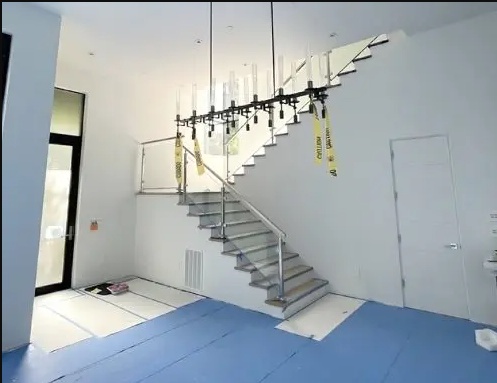Introduction:
As our population ages, the need for innovative housing solutions that cater to the changing needs of seniors becomes increasingly crucial. Accessory Dwelling Units (ADUs) emerge as a versatile and thoughtful option, offering aging parents the opportunity to maintain independence while staying close to family support. In this article, we will delve into the benefits and considerations of ADUs for aging parents, exploring how these small, self-contained living spaces can revolutionize the way we care for our loved ones.
-
Proximity and Independence: ADUs, often referred to as in-law suites, backyard cottages, or granny flats, provide aging parents with a sense of independence while still remaining in close proximity to family members. This allows for a balance between autonomy and the security of familial support.
-
Customized Living Spaces: Designing an ADU specifically for aging parents allows for the customization of living spaces tailored to their unique needs. Considerations such as wider doorways, no-step entries, and strategically placed amenities contribute to a more accessible and comfortable environment.
-
Aging in Place: The concept of aging in place is at the heart of ADUs. By creating a self-sufficient living space within or adjacent to the family home, aging parents can avoid the need for relocation to assisted living facilities. This fosters a sense of continuity and familiarity, positively impacting their overall well-being.
-
Financial Considerations: ADUs can offer a cost-effective alternative to traditional senior living arrangements. Construction costs for these smaller living units are generally lower than those for larger home additions or assisted living facilities. Additionally, the shared use of utilities can result in cost savings for both the family and the aging parents.
-
Flexibility and Future Adaptations: ADUs are versatile spaces that can be adapted to meet changing needs over time. As the requirements of aging parents evolve, these units can be easily modified to accommodate mobility aids, medical equipment, or additional caregiving support.
-
Community Integration: Unlike some institutionalized care settings, ADUs allow aging parents to remain integrated within their local community. This facilitates social engagement, access to local amenities, and continued participation in activities they enjoy.
-
Shared Resources: ADUs enable shared resources between the main dwelling and the accessory unit. Whether it's sharing a garden, transportation, or household responsibilities, this collaborative living arrangement fosters a sense of communal support and shared responsibility.
-
Legal and Zoning Considerations: Before embarking on the construction of an ADU, it's essential to be aware of local zoning regulations and legal requirements. Some areas may have specific guidelines regarding the size, placement, and occupancy of ADUs. Consulting with local authorities and professionals experienced in ADU development is crucial to ensure compliance.
Conclusion:
In the quest for innovative and compassionate housing solutions for aging parents, ADUs emerge as a beacon of possibility. These small, self-contained units not only provide independence and privacy but also strengthen familial bonds by keeping loved ones close. As we navigate the challenges of an aging population, ADUs stand as a testament to the power of thoughtful design and community-focused solutions in creating environments where our parents can age with dignity and grace.


No comments yet